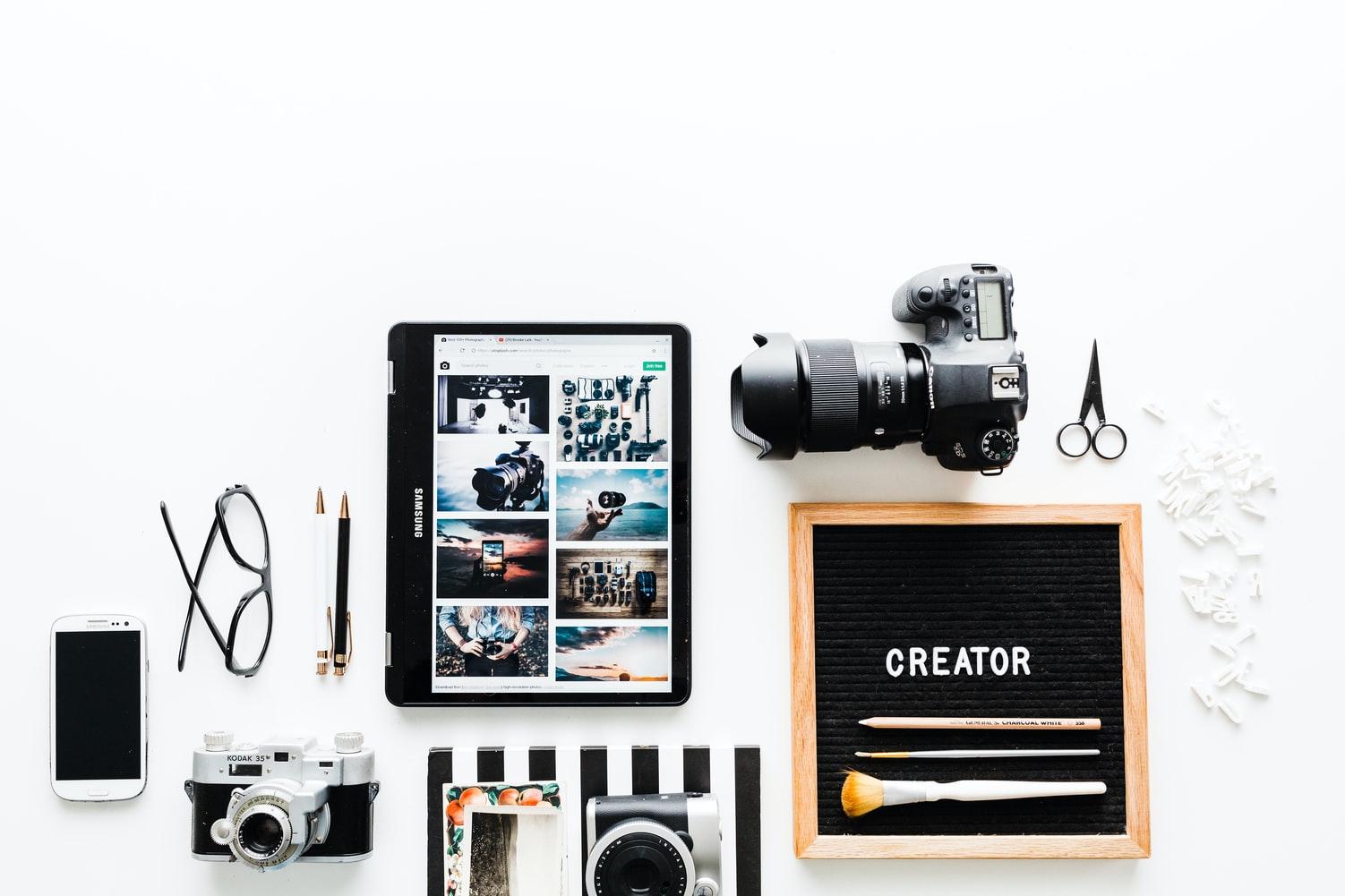
If you want to build your own digital photography portfolio so you can show off your photography masterpieces to clients for bookings, or you want to get a job in a big studio, or you just want to inspire people from your photography, then you’re at the right spot. Keep reading.
A photography portfolio is simply an organized collection of photos that you want to sell. A photography portfolio showcases your best and well-organized photography work. Your portfolio could be in either printed photos or in digital space like your laptop, iPad and mobile phones, etc.
You may have it on your website and social media accounts, and with the help of digital marketing, you can showcase your portfolio to an endless number of potential clients. Today I’ll give out some best tips on building your digital photography portfolio.
So, let’s get started.
Think About Your Audience and Your Goals
Before everything, you must think about your target audience and the goals that you want to achieve through this portfolio. Ask yourself; who is your potential client? And what are the goals that you want to achieve?
Researching some portfolios online would help. Once you have sorted these things out, you’ll have a better idea about your goals and your target audience.
Learn Basic Graphic Designing
If you know how to shoot stunning photos yet don’t know how to present them, it would be a waste of time and effort you put into getting those photos. It’s important to have a knowledge of graphic designing and photo editing software.
Today, there’s no need to enroll in graphic designing courses physically and make time to attend hours-long classes. Online learning platforms like Udemy allow you to learn graphic designing and a bunch of other skills at your own pace from your home at minimum or no cost.
If you learn how to play with software like Adobe Photoshop and Adobe Lightroom, mix it up with learning some web designing tutorials, you’re good to go.
Organize Your Work
Organization of your photos is the key as it will make things easier for your potential clients. Look at your portfolio as a magazine that showcases your work. Index your work so the viewers would know what’s in there already. Categorize your photos so your viewers would go straight to what they want to see.
Your Unique Typography
Typography is simply the style, arrangement, and appearance of the text. It is widely used in promotional and advertising materials. Popular photographers and designers use typography effectively in their portfolios.
Use the font designs for your text that align with the photos you have in your portfolio. With time, this set of fonts would become your signature typography.

Build Your Portfolio Website
Having a website will give your portfolio an opportunity to have limitless viewers. There are a bunch of web-developing online platforms and software plus a ton of tutorials about web development and designing. Go and have a look at a few of them, play with them, choose the right website development platform such as Pixpa that fulfills your standards.
Go Social
Lately, social media has become a superpower when it comes to promoting and advertising your brand. Social media apps like Instagram – a photo-sharing social app that would just act as your photography portfolio as well.
Put in small money and see the magic of advertising through social media. Through your attractive social media accounts, you can not only engage with your followers but also you can drive them to your website, which is your main portfolio.
Power of SEO
Search engine optimization is a tool that is used to rank your website higher on search engines like googe.com; eventually, your website gets more visitors. This is as much important these days as the website itself.
There are professionals who make this happen for your website to rank ideally on the first page of the search engines. Though you can learn this as well, it’s going to take some time, but it’s worth it, believe me.
Take a Second Opinion
It’s important to know how others feel about your work. Try to reach out to other photographers, artists, and designers around and ask for their reviews; a review from an expert always helps a great deal.
Share your images, ask questions, participate in discussions and accept criticism by other artists. Adapt to the tips they give and keep improving. This practice not only improves your work but also will broaden your professional circle.
Consistency is the Key
Consistency is the most common of all the tips everybody gives when it comes to digital. If you’re capturing some amazing photos and mixing them up with the magic touch of editing, you should also be consistent enough to upload and update your portfolio regularly.
Plan and schedule your new projects earlier to make sure you get fresh series of photos to upload every now and then.
Tips for Digital Photography Portfolio
For a photographer, artist, or designer, a portfolio is a must. A photography portfolio showcases your best and well-organized photography work.
Your photography portfolio must align with the target audience and the goal you’ve set up for this portfolio. Your portfolio represents you, so if your portfolio is well-structured and organized, it would have a nice impact on your potential clients. Nobody wants an unorganized bunch of photographs you just piled up into one place.
The fonts and typography you use must represent your unique tone and style of work. This will make your portfolio stand apart from competitors. Today, search engine optimized website and social media presence are most important when it comes to new visitors and engagement with the tribe of followers.
Keep expanding your circle, and remember, keep posting and updating your portfolio regularly.
Author Bio:
Nouman provides ghostwriting and copywriting services. His educational background in the technical field and business studies helps him in tackling topics ranging from career and business productivity to web development and digital marketing. He occasionally writes articles for Dynamologic Solutions.



